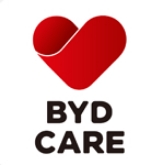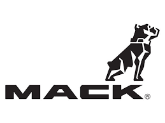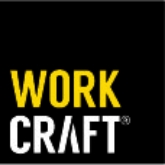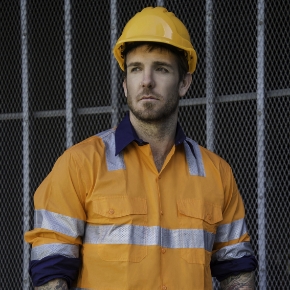
Originally published by the Australian Institute of Health & Safety
Although most businesses strive to do the right thing by their employees and reduce psychosocial risks, the complexity of this task means most organisations are still struggling to comprehensively address workplace mental health challenges, according to the Black Dog Institute.
The NSW Government reports that about a quarter of businesses in NSW take preventative action to reduce psychosocial risks. Compared to actions taken before the pandemic, most improvements were noted in the provision of adequate support services for employees, said Samineh Sanatkar, a postdoctoral research fellow within the workplace mental health research program at the institute.
“The best data available indicates that only 7 per cent of NSW businesses embed a mental health policy that is continually tailored to meet employees’ mental health needs. This is likely due to the longstanding voluntary nature of psychosocial risk management,” said Sanatkar, who conducts research in the areas of mental health and social and personality psychology for the Black Dog Institute, which will be presenting a webinar on workplace mental health: the cost of doing nothing on Tuesday 8 October 2024 from 12:30-1:30pm AEST.
While regulatory guidance on psychosocial risks has improved in recent years (for example through the Code of Practice for Managing Psychosocial Hazards at Work and the Psychological Health and Safety Strategy 2024-2026), Sanatkar said Australian compensation statistics indicate the most common workplace psychosocial hazards are bullying and harassment, work pressures, and exposure to traumatic events.
“There are some complications when it comes to assessing interpersonal conflicts; for example, concealment and lack of tangible evidence can make it difficult to determine what is occurring,” she said.
“Relevant workplace influences may also change over time or are not under the control of the employer (for example, the behaviours of customers), which can make it challenging to effectively manage workplace mental health.
“It takes a whole-of-organisation approach to observe risk factors, implement strategies and procedures, and foster a protective work culture to improve employee wellbeing. As such, it can be difficult to know where to start.”
For OHS professionals looking to address psychosocial safety issues, Sanatkar said a good place to start is to get a sense of what mental health and wellbeing needs exist in their organisation, and then address these needs with an organisational context in mind.
“The change process should be transparent and include regular check-ins with employees,” said Sanatkar, who explained that mental health strategies can be implemented on an organisational policy and systems level, target team and manager relationships or operational processes, address how work tasks are carried out (e.g., allow flexibility in how to complete tasks), or offer programs and services to employees directly.
“It is also helpful to be guided by the available evidence of different workplace mental health strategies. For example, some make good sense and are needed, like anti-bullying programs, but have not yet been tested sufficiently well to demonstrate that they have consistent effects on employee wellbeing,” she said.
Sanatkar also noted that more consistent evidence exists for increasing shared social activities in working groups to improve employee wellbeing.
The Black Dog Institute will be presenting a webinar on workplace mental health: the cost of doing nothing on Tuesday 8 October 2024 from 12:30-1:30pm AEST. The webinar will explore research and data into why creating healthy workplaces makes good business sense, and how to create a mentally healthy workplace with the “five ways to wellbeing” framework. For more information, email events@aihs.org.au, call (03) 8336 1995, or visit the event website.












































































